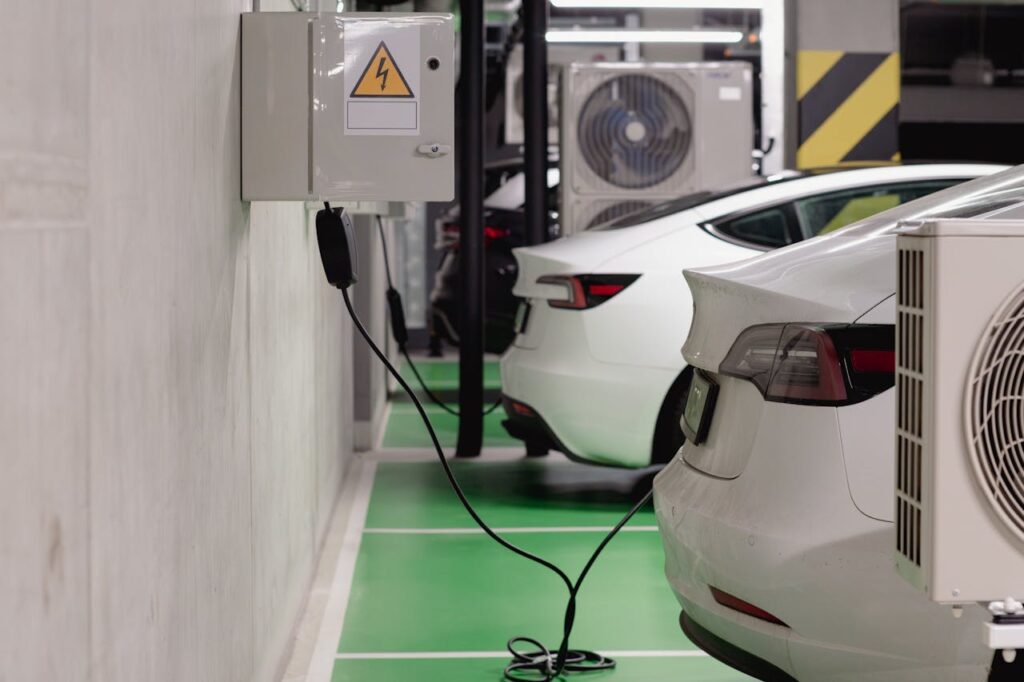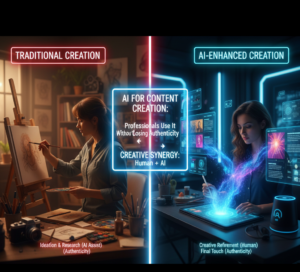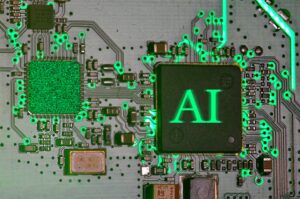Advancements in Battery Technology for Electric Vehicles of the Next Generation

Advancements in Battery Technology for Electric Vehicles of the Next Generation
Contributing to the Development of Mobility in the Future
Concerns about the environment, rules enacted by governments, and developments in clean energy are being the driving forces behind the acceleration of the electric vehicle (EV) revolution around the globe. Existing lithium-ion batteries have been instrumental in bringing electric vehicles (EVs) into the mainstream; however, the constraints of these batteries in terms of range, charging speed, cost, and sustainability are driving researchers and manufacturers to develop next-generation battery alternatives. These emerging technologies have the potential to revolutionize the transportation industry in terms of performance, safety, and cost within the next ten years.
The Current State of Lithium-Ion Batteries and Their Inadequacies
Despite their widespread use, lithium-ion batteries continue to struggle with a number of obstacles:
- Restrictions in driving range are caused by a limited energy density.
- Time Required for Charging – Even the quickest chargers need at least half an hour to provide a considerable amount of replenishment.
- Degradation over time refers to a decrease in capacity that occurs after several cycles of charging.
- The dependence on lithium, cobalt, and nickel poses supply chain and ethical difficulties. Resource constraints are a kind of resource constraint.
- Overheating and thermal runaway are two potential dangers that should be considered.
- As a result of these issues, there is a growing interest in alternate chemical designs and compositions.
Solid-state batteries are the leaders in the competition. What exactly are they?
By substituting a solid electrolyte for the liquid electrolyte found in traditional batteries, solid-state batteries provide a better energy density while also ensuring the safety of the battery.
- Faster charging has the potential to reach 80% in less than 15 minutes, which is a strong advantage.
- More energy storage in the same amount of area thanks to a higher range.
- The risk of fires and leaks is reduced, which results in improved safety.
- Problems The expenses of manufacturing continue to be rather high.
- On a larger scale, the material’s stability is currently being evaluated.
Lightweight powerhouses come in the form of lithium-sulfur batteries.
Lithium-sulfur (Li-S) batteries have a potential energy density that is much greater than that of lithium-ion batteries.
- Several advantages include a lower weight, an increased capacity, and a decreased dependence on expensive metals.
- Negative aspects include a shorter cycle life as a result of material deterioration that occurs when charging and discharging.
- The current situation is that early-stage commercial prototypes are now being tested in specialized vehicles and drones.
Batteries that contain sodium ions are plentiful and inexpensive.
The fact that sodium is far more plentiful than lithium is one of the reasons why sodium-ion batteries are becoming more popular as a budget-friendly option.
- A lower cost of materials and improved performance in colder areas are two advantages.
- The energy density is lower than that of lithium-ion batteries.
- The market outlook indicates that they would most likely be used in low-cost electric cars and energy storage systems before finding their way into luxury automobiles.
- To Increase Energy Density, Silicon-Anode Batteries Are Being Used When graphite anodes are replaced with silicon anodes, the energy capacity of the device may be significantly increased.
- Advantages include a greater driving range and a quicker charging time.
- Certain limitations include the fact that silicon expands when it is charged, which might lead to structural problems over time.
- There is a commercial interest in the incorporation of partial silicon anodes into next-generation cells by a number of startups and automobile manufacturers.
Chemistries that are both sustainable and free of cobalt
Cobalt-free battery chemistries, such as lithium iron phosphate (LFP) and nickel-manganese-aluminum (NMA), are being developed by manufacturers in response to the rising ethical and environmental concerns around the mining of cobalt.
- Lower costs, safer operation, and a longer lifetime are some of the benefits.
- Negative aspects include a somewhat reduced energy density in comparison to cobalt-rich chemical compounds.
Charging Technologies That Are Extremely Quick
Not only are developments in battery chemistry important, but also advancements in charging infrastructure. Graphene-based electrodes and extreme fast charging (XFC) systems are examples of innovations that attempt to reduce the amount of time required to charge a battery to less than ten minutes without causing any damage to the battery.
The applications of recycling and second-life materials
The recycling of materials is being taken into consideration while developing the next generation of battery technologies in order to recover valuable resources and decrease waste. In addition, discarded electric vehicle batteries may be reused for use in the storage of energy in the house, so expanding their utility beyond the realm of automotive applications.
Those Who Are Leading the Industry and Recent Developments
To achieve its goal of mass manufacturing of solid-state batteries by the late 2020s, Toyota is making significant progress.
- CATL and BYD are investigation sodium-ion technology for electric vehicles aimed for the mass market.
- At the moment, Tesla is working on 4680 cells that have a better energy density and can be manufactured more quickly.
The Path That Lies Ahead
Widespread adoption of batteries of the next generation will be contingent on the following:
- Price reduction entails lowering the cost of more complex chemical processes.
- Scalability refers to the ability to maintain consistent output at mass-market levels.
- The expansion of fast-charging networks is part of the infrastructure growth.
- Incentive programs and safety requirements for developing technology are examples of regulatory support.
Beyond the Lithium Era This is the Conclusion
Battery technologies of the next generation have the potential to overcome the constraints of the lithium-ion cells that are now in use. These technologies will provide a higher range, quicker charging, and more sustainability. In spite of the fact that every invention has its own unique set of difficulties, the future of electric vehicles will be shaped by the combined breakthroughs in chemistry, engineering, and infrastructure. No longer is the competition merely about the construction of electric vehicles; rather, it is about the development of energy networks that will make electric vehicles really feasible for everyone.




